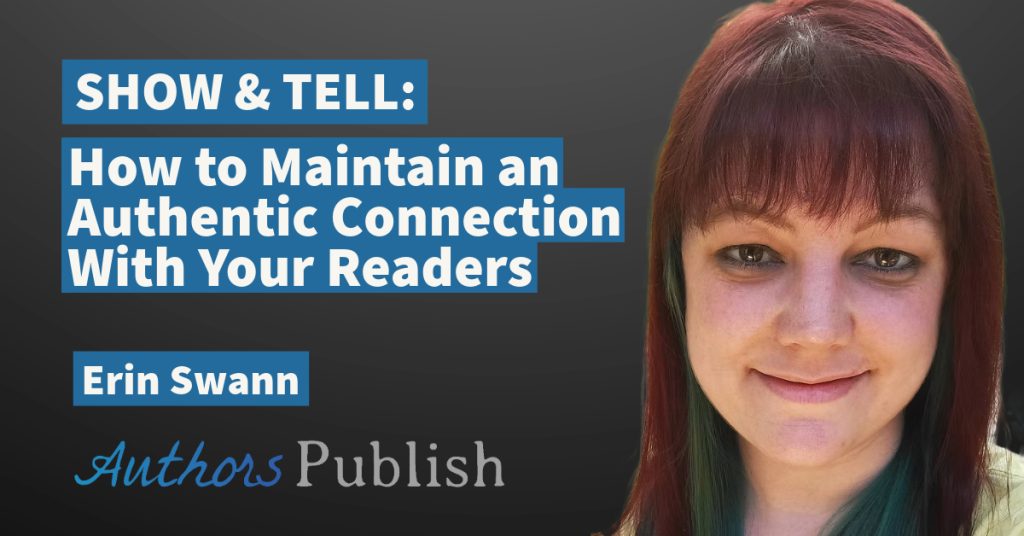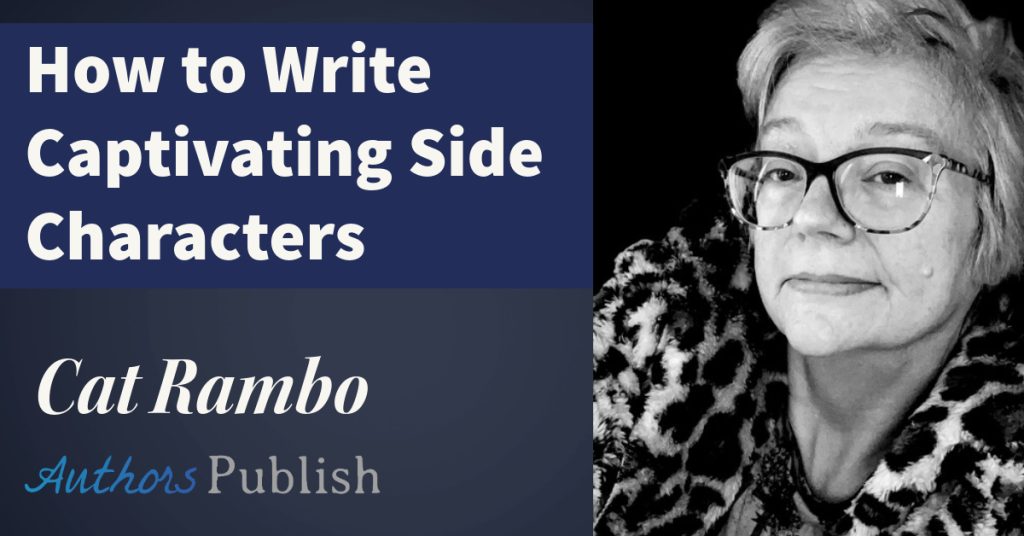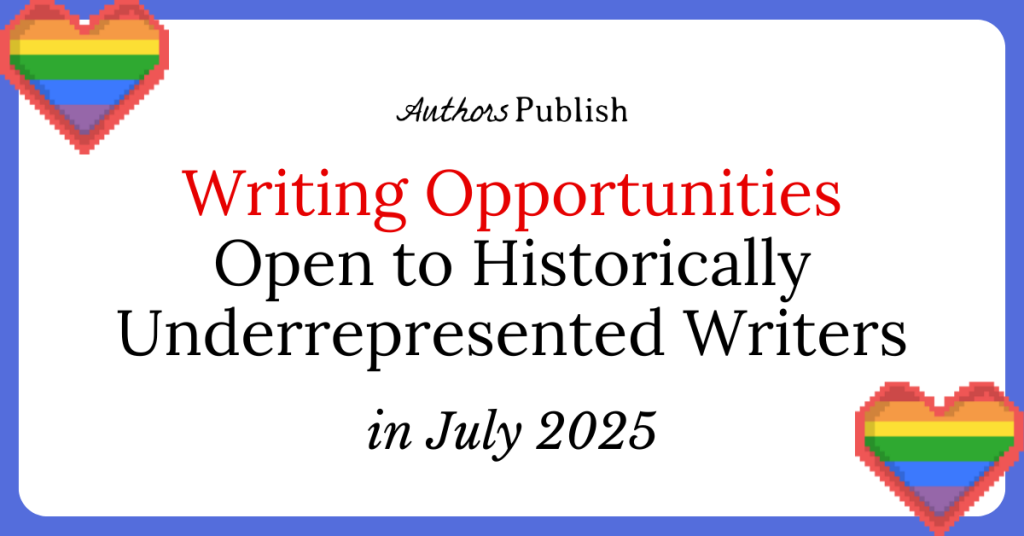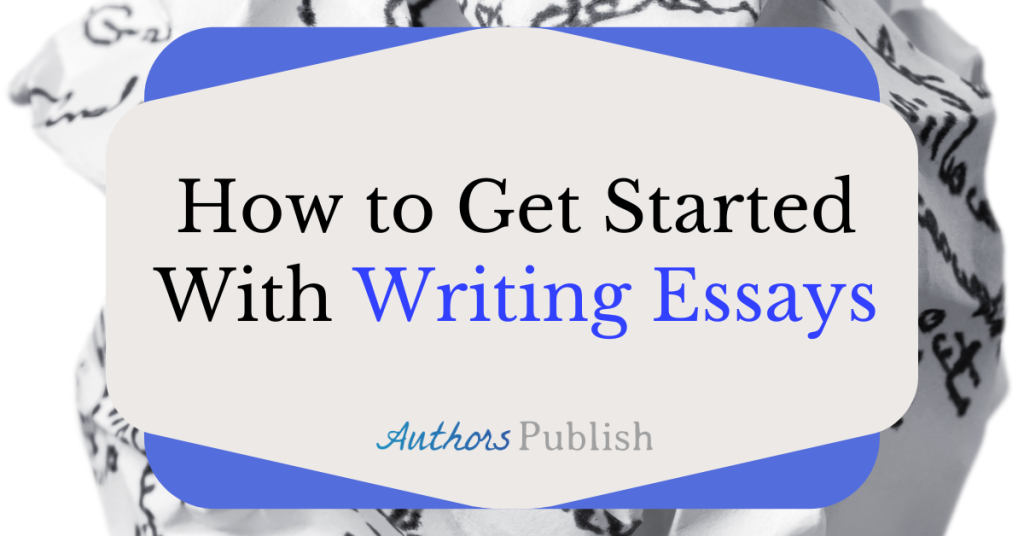I’ve seen indie authors who’ve done nearly everything right except for one thing. These authors have poured their hearts and souls into their book projects. Their prose sings. They have an amazing book cover and interior design. They have good editing. Yet too many of these books will never reach their sales potential. In fact, the odds are most authors probably won’t even recoup what they’ve invested in producing their book.
In fact, I used to be one of those indie authors. I’ve been through the struggle of putting a book out into the world and getting almost no response. It was horrible. I felt like a failure.
But it didn’t have to be that way. Since publishing my first book, I’ve learned a lot. Not only that, I’ve managed to connect with readers all over the world, sell many books, and build a social media following.
One of the most important skills that I’ve learned is the art of copywriting.
What’s the difference between an indie author who sells a lot of books and a writer of the same caliber who doesn’t? Nearly all successful book campaigns employ the use of persuasive copywriting.
What is copy? Copywriting is writing intended for online media and print. “Copy” is content written for the purpose of advertising or marketing. The sole purpose of copy is to effectively persuade people to buy what you are selling as well as raise brand awareness. As an author, you’re selling your words and the brand you are marketing is you.
Learning to write effective copy takes time. If you have already developed your writing skills, copywriting should be easier for you than a novice. Successful copy must instantly reach out and grab the attention of the reader. Readers these days are almost continuously being bombarded by advertising, so your copy must rise above everything else.
How do you do this? To write effective copy you need to ask yourself these three questions:
How Do I Make My Readers Stop Scrolling?
Hook readers with your headline. The headline of your blog or social media post should instantly engage your reader’s emotions.
Crafting a headline that is slightly different in some way will make it stand out. I recently wrote a blog post that got more reader engagement than any post I had ever written. It was an article on how to succeed as a writer but I spun the headline a little differently and entitled it, “How To Fail Miserably As A Writer (or anything else).” I believe this approach worked because it made the blog post stand out among the countless articles that have been published on how to succeed as a writer. In fact, you’ll notice the title of this article uses a very similar formula. If one thing is true with copywriting it’s this: You don’t want to reinvent the wheel. Once you find an effective strategy, you should run with it.
The best way to get your reader’s attention is to write your headline in a way that is different, in some subtle or unexpected way. This will make your copy stand out from the crowd and get your readers to pay attention long enough to read the body of your post. You can use the time-tested methods of reverse psychology, humor, and wit. Make sure the headline still relates to the subject matter of the post in some way or it won’t be viewed as authentic.
If the headline seems too vague or salesy it may persuade a reader to click but this method can backfire and be viewed as “clickbait” and will annoy your audience and turn them away.
How Do I Make My Audience Read And Remember What Is Written?
Online readers rarely read every word, their eyes quickly skim the text. Therefore, you must get your message across in the fewest amount of words possible. Keep your words, sentences, and paragraphs simple and short.
Use a lot of line breaks. For ad copy it’s best to have a few short paragraphs instead of big blocks of text. Multiple subheadings and bulleted lists are also great ways to break up your copy and make it more digestible for the average online reader who consumes large amounts of information in a short period of time.
Readers can have various reading levels. Since authors typically have above average reading and comprehension levels, this can make it difficult for us at evaluate the complexity of what you write. The Flesch Kincaid readability score is a scientific and unbiased way to accurately test the readability of your writing by issuing it a grade level readability score.
Research shows that the most effective copy should have a Flesch Kincaid readability score of a sixth or seventh grade level. Even if your audience is highly educated you want your copy at or around this level to be easily understood and memorable to the most readers possible.
You can test the readability score of your ad copy before publishing it. Microsoft Word has a built in readability score function. If the word processing software you use doesn’t offer this tool you can test your copy for readability for free at this website. Remember, you don’t have to impress anyone with large and complex words. When writing ad copy, complexity is your worst enemy.
How Can I Make My Reader Buy My Book?
A successful book marketing campaign is somewhat like reverse engineering. Before you can persuade your readers to buy your book you must first know who they are. Identify who your niche audience is and then learn as much as you can about their wants and needs. Your pitch will be an attempt convince them that your book will fill their voids.
A good book pitch is like a heartfelt promise. To create a customer your audience has to believe that your book will make their lives better in some way. To create a repeat customer your book must fulfill this promise. If you write fiction the goal of your copy is to convince your reader that they will be thoroughly entertained by your book. Non-fiction authors should persuade their audience that they will learn something useful from their book. When you make your reader feel something with your words you will make a genuine connection with them.
Experiment with these copywriting techniques to determine what works for your particular audience. It’s easy to test the progress of your copywriting skills quickly and for free. Write a social media or blog post using copywriting techniques and chart your progress. Measure the impact of the different techniques by monitoring the three measures of online engagement… likes, comments, and shares. You will see all three of these measurements of engagement increase as you become a better copywriter.
Bio:
Eric Vance Walton is a novelist, poet, traveler, and tea junkie. He invites you to follow his unfolding story by “liking” his Facebook author page for updates and promotions on his current and upcoming projects. You can find Eric’s book One Word At A Time: Finding Your Way as an Indie Author, on Amazon in print or as an ebook.






